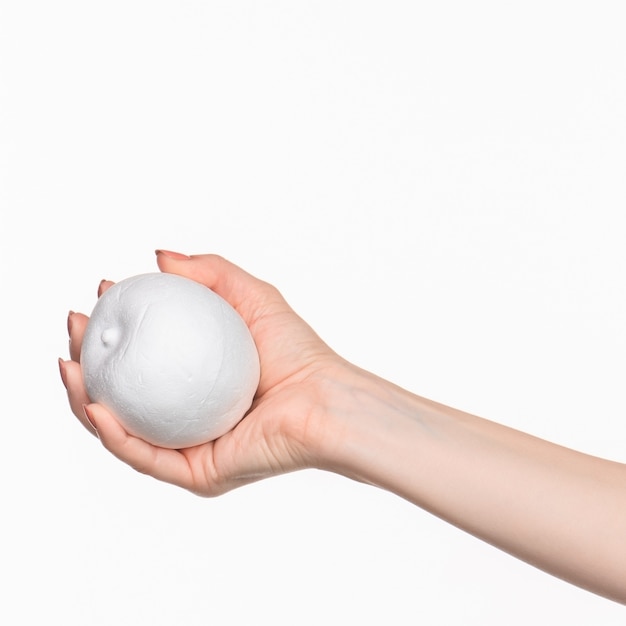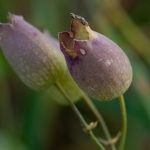
There’s nothing quite like a warm bath to help you unwind, and making homemade bath bombs can make it even better! While there are tons of bath bombs you can buy, crafting your own with natural ingredients is simple and can save you money. They’re a hit with both kids and adults and make excellent gifts.
Store-bought bath bombs can be pricey, going up to $9 each, but you can whip up a whole batch at home for just a few bucks. When I was younger, I loved using bath bombs, but as I grew older, I avoided commercial ones due to artificial additives. I often resorted to bath salts but always missed the fizz of a bath bomb.
These homemade bath fizzies come to the rescue! They’re crafted with sea salt or Epsom salts, baking soda for alkalinity, and fizzing citric acid, all blended with a hydrating oil base. Depending on my mood, I might add different essential oils like peppermint, eucalyptus, or lavender, even tossing in some dried herbs.
If you’re hunting for a thoughtful gift for occasions like Easter, Mother’s Day, Christmas, or birthdays, DIY bath bombs fit the bill perfectly. Since they’re quick to make, it’s a good idea to have everything ready to go. The moment water hits the citric acid, they start fizzing, and you’ll need to act fast. Most ingredients are common household items, but make sure you’ve got these essentials:
Baking soda is the star here, reacting with citric acid to create that fizzy bath bomb magic. If you’re a fan of detox baths, you might already have it handy, and it can also soothe sunburns.
Citric acid might not be in your pantry, but it’s essential for the fizz. It’s what makes your bath feel like a soak in champagne.
Cornstarch gives bath bombs their silky texture. I typically use organic cornstarch, though arrowroot works too, just not as silky smooth.
When it comes to scents, the possibilities are endless. Use your favorite essential oils, sprinkle in dried herbs, or keep them scent-free. Just be mindful—some oils like cinnamon and clove might irritate sensitive skin areas, so opt for gentler options at a safe dilution of 0.5%.
If you’re into adding extra skin-soothing touches, consider incorporating herbs or dried flowers. Just be careful not to use large pieces as they can prevent the bath bombs from holding together.
Get your kids involved in making bath bombs—it’s fun and safe! Unlike complex DIY beauty projects that need exact measurements and involve harsh chemicals, bath bombs are easy, versatile, and kid-friendly. Let their creativity run wild with different scents, colors, and personal touches.
Bath bombs are a wonderful way to wind down after a busy day juggling various responsibilities. If you haven’t given them a try yet, I highly recommend it; they are one of my favorite end-of-day treats.
I’ve recently come across some natural bath bombs that closely resemble my homemade version. They’re beautiful, crafted with only natural ingredients, and they’re bigger, lasting longer in the bath. They make lovely gifts, and my friends are really enjoying them!
Despite the simplicity of this recipe, making bath bombs can occasionally be a bit tricky. The trick is getting the right amount of liquid and working quickly once you start molding.
Have you ever tried making your own bath bombs? Do you have any favorite scents or herbs you’d add? Share below!

